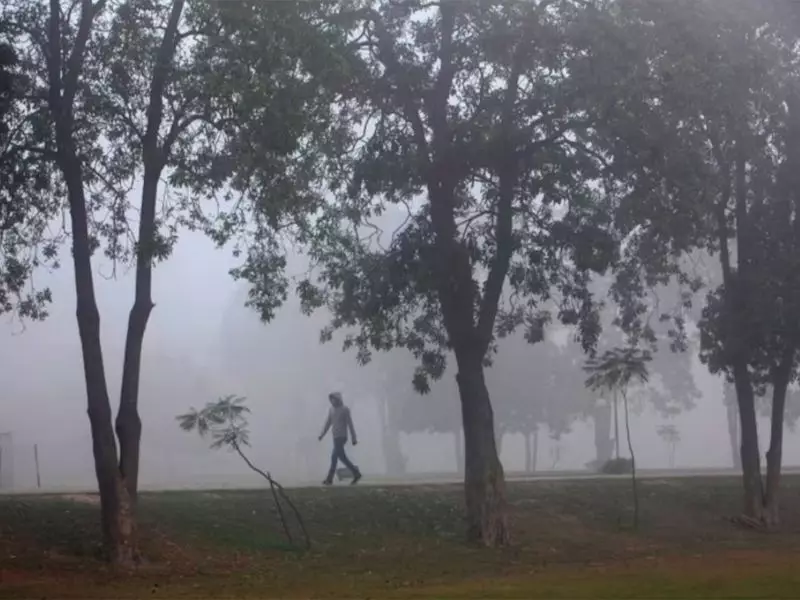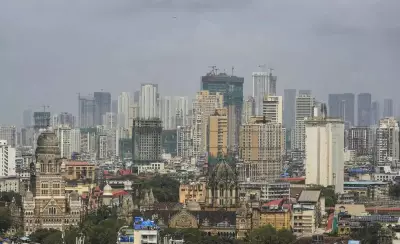
Lahore has claimed the dubious distinction of being the world's most polluted city, with air quality levels reaching alarming heights that pose serious health risks to its millions of residents. The historic Pakistani city recorded an Air Quality Index (AQI) of 423, categorizing its air as 'hazardous' and creating an environmental emergency situation.
The shocking pollution levels measured in Lahore are approximately 42 times higher than the World Health Organization's recommended annual air quality guideline values. This severe deterioration in air quality has transformed the city into what environmental experts are calling a 'gas chamber,' with thick smog enveloping the urban landscape and reducing visibility significantly.
Regional Pollution Crisis Worsens
Pakistan isn't alone in facing this environmental catastrophe. The entire South Asian region appears to be grappling with severe air pollution issues. According to recent data, Pakistani cities dominated the list of world's most polluted urban centers, with other major population hubs including Karachi and New Delhi also recording dangerously high pollution levels.
The Swiss group IQAir, which monitors global air quality, reported that New Delhi followed closely behind Lahore in pollution rankings. The Indian capital recorded an AQI of 287, still categorizing its air as 'very unhealthy' and posing significant health concerns for its residents.
Health Implications and Emergency Response
Medical professionals across the affected regions are reporting a sharp increase in respiratory illnesses and other pollution-related health conditions. Doctors have noted rising cases of asthma, bronchitis, and other pulmonary diseases, particularly among vulnerable populations including children, elderly citizens, and those with pre-existing health conditions.
Local authorities have been forced to implement emergency measures, including:
- School closures to protect children from exposure
- Work-from-home recommendations for office workers
- Restrictions on industrial activities and construction projects
- Advisories for residents to minimize outdoor activities
Seasonal Factors Aggravate Situation
Environmental scientists point to multiple contributing factors to the current crisis. The onset of winter has brought temperature inversions that trap pollutants close to the ground, while agricultural burning practices in neighboring regions have added to the toxic mix. Vehicle emissions, industrial pollution, and construction dust continue to be perennial contributors to the deteriorating air quality.
The situation highlights the urgent need for coordinated regional action and sustainable urban planning to address what has become an annual environmental disaster affecting hundreds of millions of people across South Asia.





